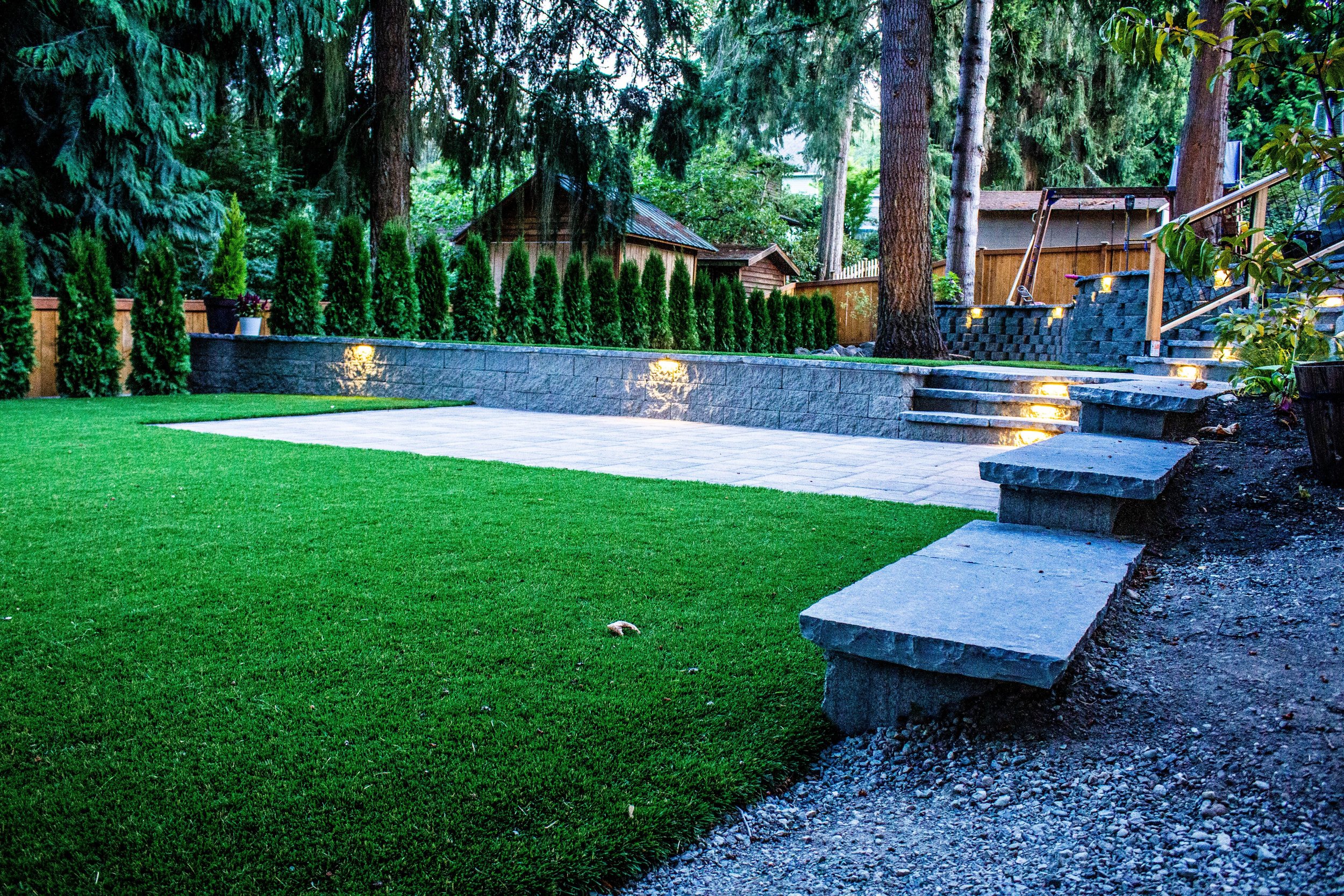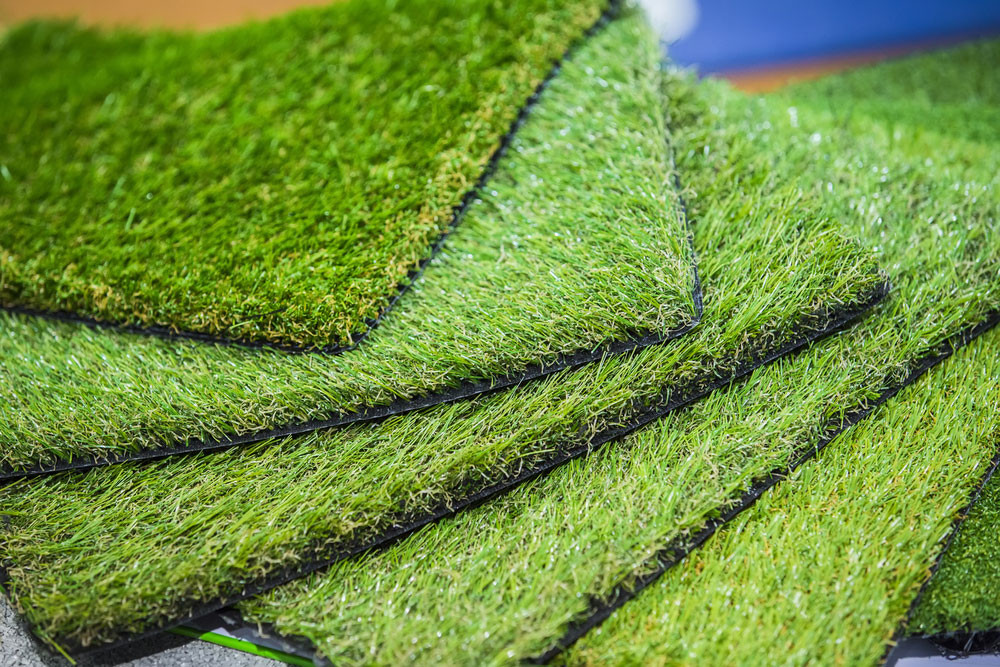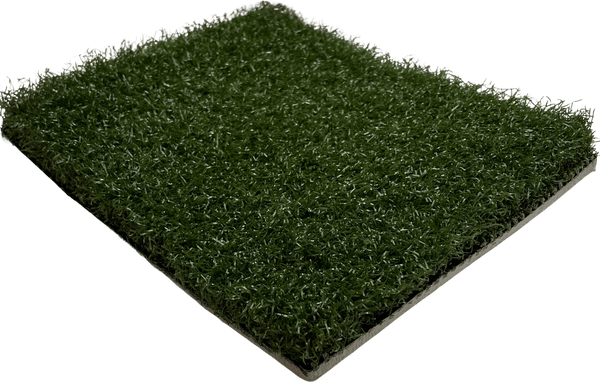Top-Rated Phoenix Turf Companies Focusing on Synthetic Grass Options
Top-Rated Phoenix Turf Companies Focusing on Synthetic Grass Options
Blog Article
Look Into the Environmental Advantages of Opting for Synthetic Grass Solutions
The adoption of fabricated grass options offers an engaging opportunity to attend to pushing environmental obstacles. By considerably minimizing water usage and reducing the application of damaging chemicals, these options not just advertise lasting landscape design but also safeguard regional environments.
Water Conservation Benefits
One of the most substantial benefits of fabricated grass is its capability to save water. Standard yard yards need substantial irrigation, particularly in areas susceptible to drought or water constraints. On the other hand, synthetic grass does not need watering, significantly decreasing the general demand for water sources. This function is especially beneficial in arid areas where water shortage is a pressing issue.
By getting rid of the requirement for normal watering, synthetic grass adds to lasting landscape practices and assists minimize the environmental impact of extreme water consumption. The conservation of water expands to the reduction of runoff, which can lead to soil disintegration and river pollution.
In addition, the installment of fabricated turf enables homeowners and towns to assign water sources extra efficiently, concentrating on essential uses such as drinking water and farming. The change in the direction of synthetic grass not just advertises liable water use yet additionally aligns with wider environmental objectives targeted at protecting natural resources.
As areas significantly prioritize sustainability, the water conservation benefits of synthetic grass present an engaging case for its adoption in commercial and domestic landscaping projects.
Decreased Chemical Use
The transition to synthetic grass substantially reduces the dependence on chemical treatments commonly made use of in all-natural turf upkeep. Standard grass administration normally involves the application of plant foods, chemicals, and herbicides to promote development and control bugs. These chemicals can position threats to human wellness, neighborhood wild animals, and the atmosphere, adding to dirt and water contamination.
In contrast, artificial lawn eliminates the demand for these damaging materials. By reducing the launch of synthetic compounds right into the environment, synthetic lawn promotes healthier dirt and water systems.
In addition, the absence of chemical runoff connected with synthetic grass installations assists shield local waterways from pollution, sustaining water life and preserving biodiversity. Arizona artificial turf. As communities progressively focus on lasting practices, going with synthetic grass provides a sensible service that lines up with ecological preservation objectives. Through this change, homeowner can appreciate lavish eco-friendly rooms without endangering eco-friendly wellness, leading the way for a much more lasting future
Reduced Carbon Footprint

Moreover, the setup of synthetic lawn can result in significant water conservation. All-natural lawns call for substantial quantities of water for watering, which not just contributes to the carbon footprint connected with water removal and treatment but likewise stress local water sources. In contrast, synthetic grass requires minimal maintenance, calling for no watering, thereby check that substantially decreasing water usage and its connected power costs.
Additionally, the durability of synthetic grass adds to its lower carbon influence. With a life-span of as much as 15 years or more, the demand for constant replacements is decreased, resulting in much less waste and reduced power intake in production and throwing away typical turf alternatives. On the whole, synthetic grass provides a sustainable option for environmentally aware landscaping.
Environment Preservation
Environment conservation is a vital consideration in the discussion over landscape design options, particularly when contrasting synthetic grass to natural yard. All-natural lawn yards often need comprehensive maintenance, consisting of using fertilizers, herbicides, and chemicals, which can adversely impact neighborhood environments. These chemicals can leach into the dirt and waterways, harming native flora and animals and interfering with local habitats.
On the other hand, synthetic grass presents a possibility to minimize the eco-friendly footprint of landscaping. By choosing artificial turf, homeowners can reduce the interruption of natural environments related to conventional lawn care methods. Synthetic grass eliminates the requirement for damaging chemicals, thus shielding close-by wild animals and preserving the honesty of bordering environments. Additionally, the setup website here of artificial lawn can lead to the conversion of previous yard areas right into more biodiverse landscapes, such as pollinator gardens or indigenous plant locations, which can support local wild animals.
Inevitably, the change to synthetic grass not just conserves water and minimizes upkeep initiatives however likewise fosters an extra unified partnership in between human tasks and the all-natural environment, promoting environment conservation in the process.
Long-Term Sustainability
Lasting sustainability is a crucial consider assessing the advantages of artificial lawn over standard yard lawns. One of the most significant benefits of synthetic grass is its durability; it can last as much as 15-20 years with minimal upkeep, whereas natural turf needs constant reseeding and replacement. This durability minimizes the requirement for continuous resources, such as water, fertilizers, and pesticides, which are essential for keeping a healthy and balanced yard lawn.
Additionally, synthetic grass contributes to a reduction in carbon exhausts connected with grass treatment equipment. Standard yards frequently call for gas-powered lawn mowers, leaners, and blowers, every one of which add to air pollution. Arizona turf. On the other hand, man-made turf eliminates the need for such tools, advertising a cleaner setting
Additionally, the production of synthetic grass progressively utilizes recycled materials, boosting its sustainability profile. As suppliers adopt environmentally friendly practices, the environmental impact of man-made read this post here grass remains to lessen.

Verdict
The fostering of synthetic lawn options presents substantial ecological advantages, consisting of considerable water preservation, decreased dependence on hazardous chemicals, and a reduced carbon footprint. Artificial grass aids in maintaining natural habitats by decreasing land disturbance and promoting long-lasting sustainability via the use of durable materials. Jointly, these variables emphasize the capacity of artificial turf to add positively to environmental wellness and offer a feasible choice to conventional landscape design techniques in a progressively resource-conscious globe.
In comparison, man-made lawn does not need watering, substantially lowering the total need for water sources. By minimizing the release of synthetic compounds into the community, fabricated lawn advertises much healthier dirt and water systems.
Furthermore, the installation of man-made lawn can result in significant water conservation. In contrast, fabricated turf requires marginal upkeep, calling for no watering, therefore significantly reducing water usage and its associated energy expenses.

Report this page